·In movies, advertisements, and popular culture, The Male Gaze is a deeply rooted but gradually criticized phenomenon. This concept was first proposed by scholar Laura Mulvey in 1975 to describe how a male perspective shapes female images and reinforces gender inequality. Even though this term originated from film theory, its influence far exceeds that of movies, permeating into our daily lives, social media, and cultural cognition. However, in today’s diverse society, this singular perspective is facing increasing challenges. This article will explore the definition of male gaze, its impact, and how to shape female images in a more equitable way.
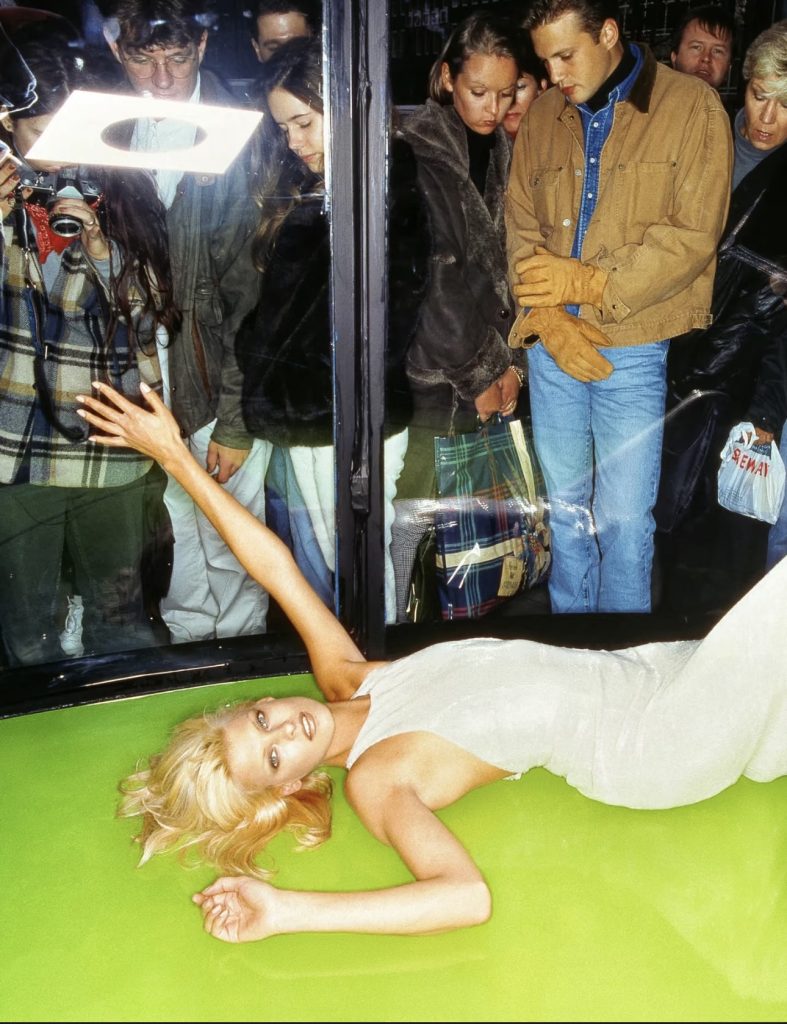
Male gaze is essentially a sexualization or objectification of female images from the perspective of heterosexual men. In this perspective, women are depicted as the “objects of observation,” while men are the “subjects of observation.
This phenomenon not only exists in visual art, but also in the way stories are narrated.
For example:
·Camera language: In movies, slow motion or close-up shots are often used to emphasize the curves of women’s bodies, while male characters are known for their actions or intelligence.
·Narrative characters: Female characters are often portrayed as “vases” or “saviors” rather than the main characters driving the story forward.
This reflects the unequal gender power structure in traditional society, reinforcing the binary opposition between men as dominant and women as passive.
The influence of male gaze:
1. Objectification of women. For a long time, the image of women in the media has been simplified as a symbol of sexual attraction. Their value is limited to being appreciated and pleasing by men, while ignoring their intelligence, abilities, and inner complexity.
2. The influence of male gaze on women’s self-awareness is not only present in the external world, but also internalized into women’s self-awareness. Many women unconsciously begin to examine themselves from a ‘male perspective’, using their appearance or attractiveness as a measure of their own value.
3. Shaping cultural expectations of male gaze reinforces gender stereotypes, such as “sexiness is the key to women’s success” or “women’s primary task is to attract men,” which hinders the achievement of gender equality.
Challenge Male Gaze: Redefining Female Image
1. Introduce female gaze as opposed to male gaze, Female Gaze attempts to present stories and characters from a female perspective. This includes not only how women perceive men, but also how women perceive themselves and the world. For example, in the movie Wonder Woman, the image of the protagonist Diana is a combination of strength, intelligence, and emotion, rather than a purely sexualized symbol.
2. Promoting diverse narratives and allowing women to tell their own stories is the key to breaking through a single perspective. In recent years, some female directors and screenwriters have created rich and complex female characters to present audiences with more three-dimensional female images, such as works like “Little Women” and “Borderlands”.
3. Examining gender bias in the media is crucial for audiences to learn how to critically interpret media content. When we watch a movie or advertisement, we can reflect: is this objectifying women? Is it reinforcing gender stereotypes?
4. Social responsibility and advocacy brands and content creators need to be aware that they have a direct impact on shaping social culture. For example, some advertisers have begun to abandon gender discriminatory marketing strategies and instead showcase authentic and diverse female images.
Thank you all for reading

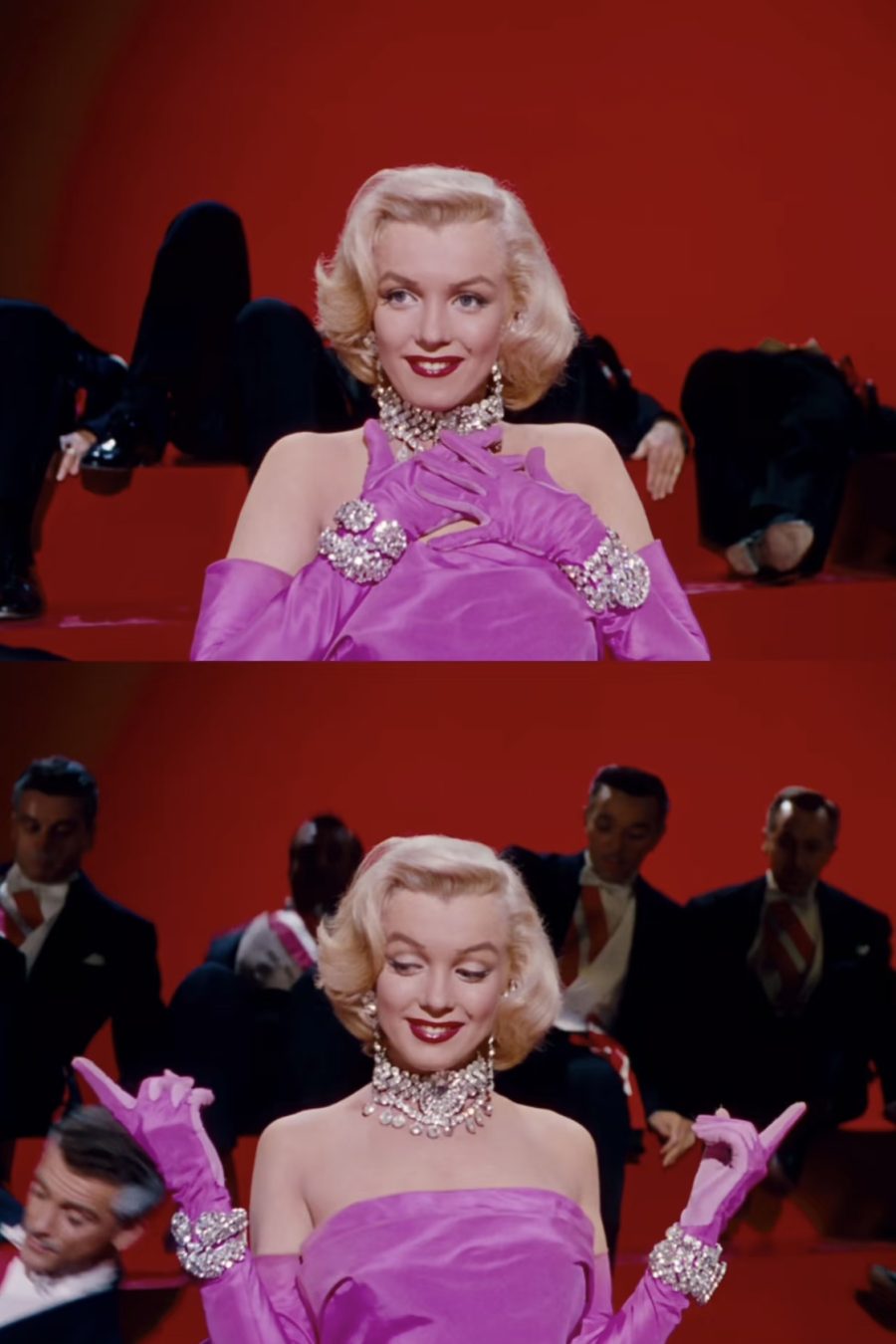
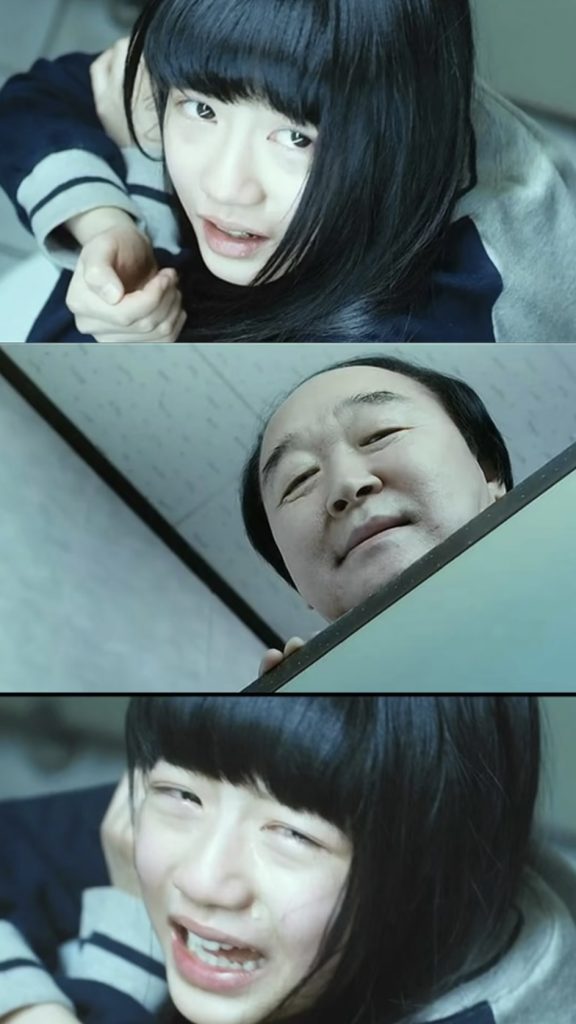
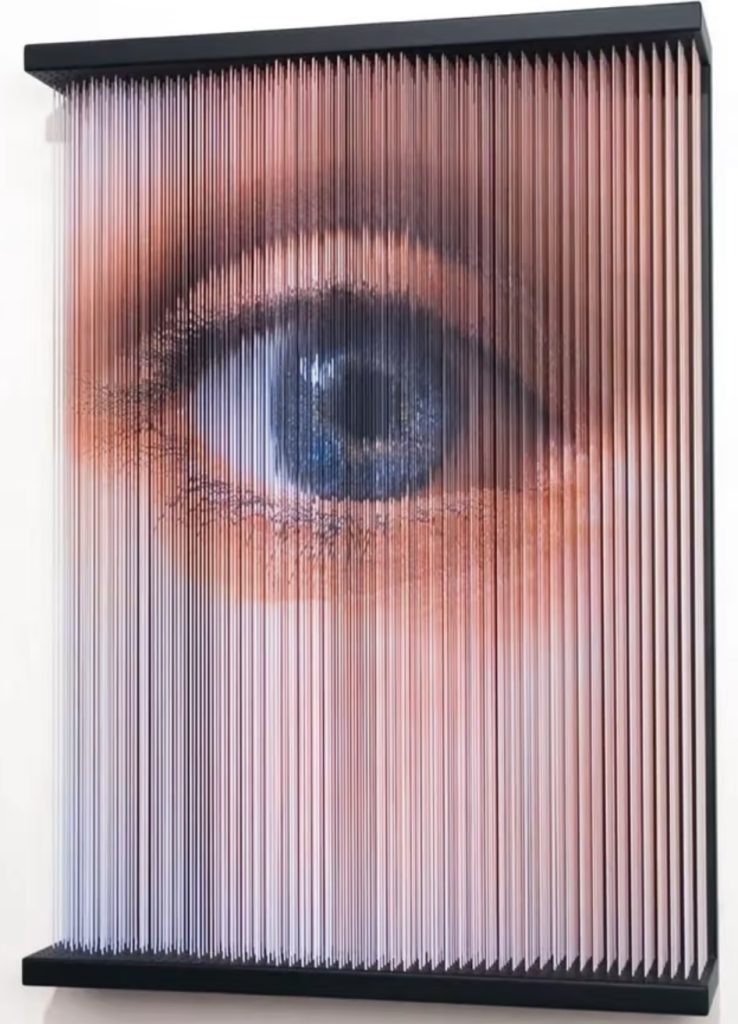
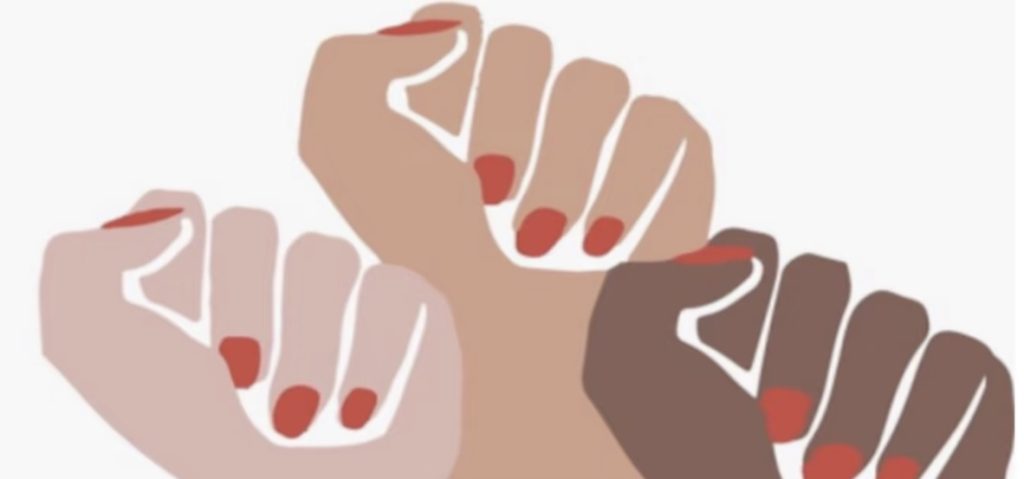
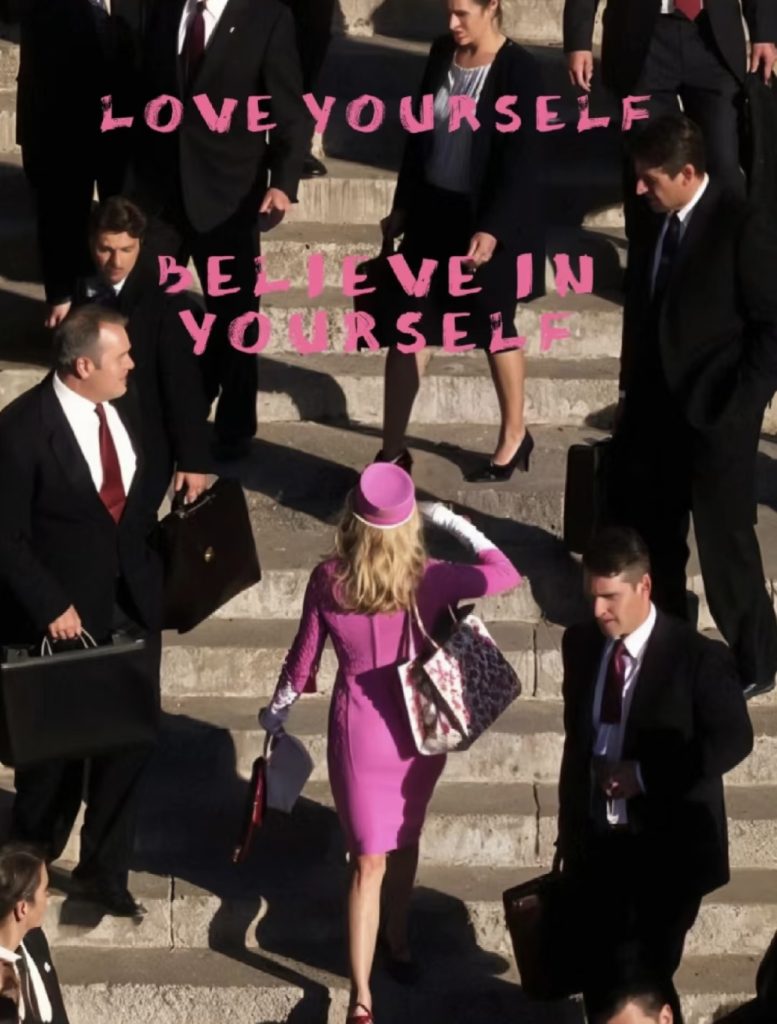
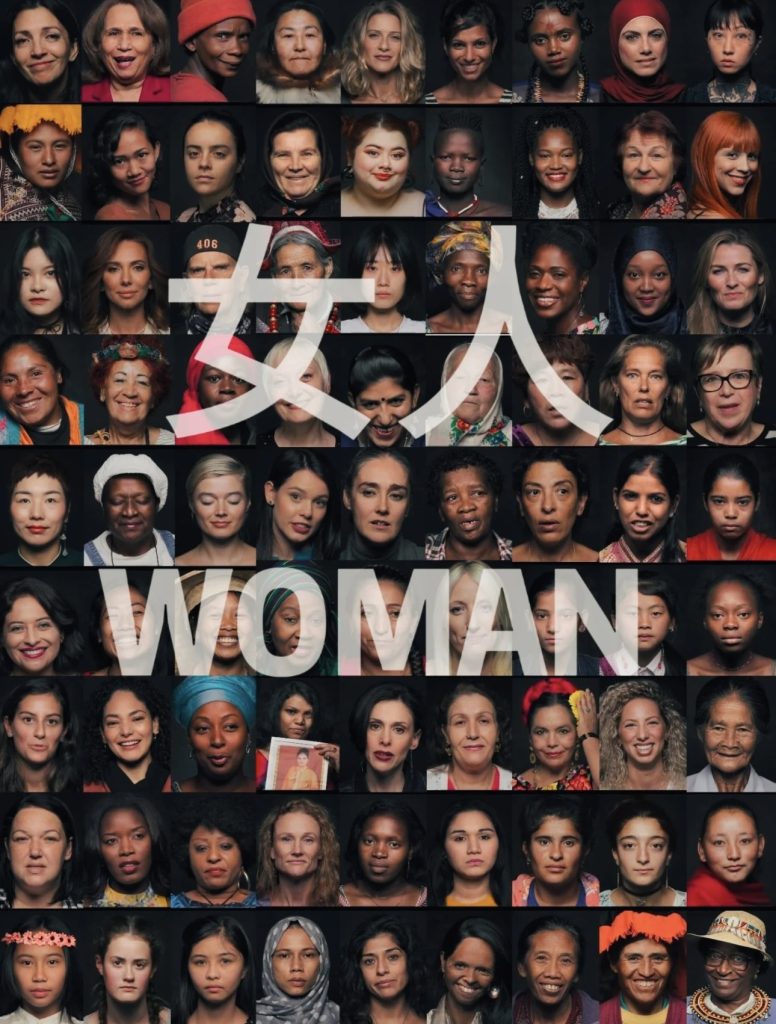
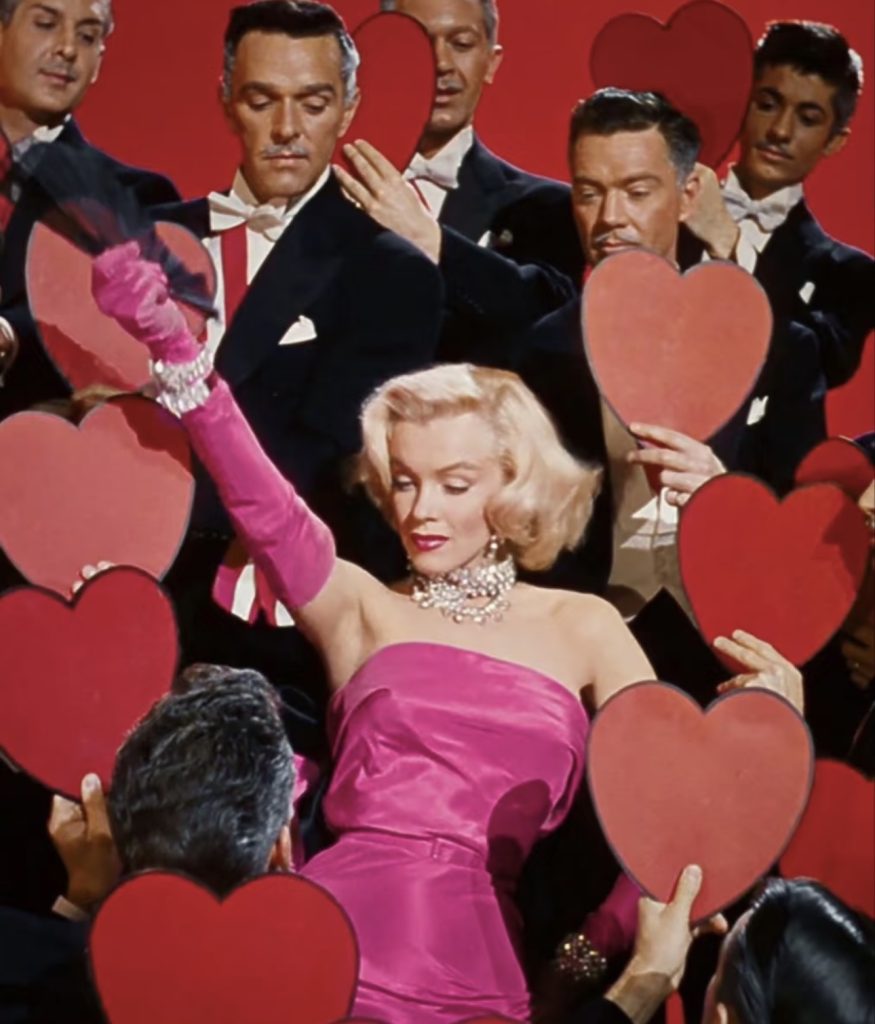
Hiii!
This blog delves into the concept of the “male gaze” and provides a systematic analysis of everything from the visual arts to narrative modes to the profound impact on society and culture. Through specific examples such as film lens language and character building, the article intuitively reveals how women are objectified in traditional media, and the Korean films mentioned in the blog are particularly impressive. This phenomenon not only limits women’s expression in art and stories, but also affects women’s self-perception and society’s expectations of gender roles. The highlight of the blog is that it proposes practical solutions such as reshaping the narrative perspective through the “female gaze”, supporting female creators, and advocating for diverse character development, which provide feasibility and guidance for tackling the “male gaze”.
Overall, this blog is logical and informative.
You’re doing a great job!!